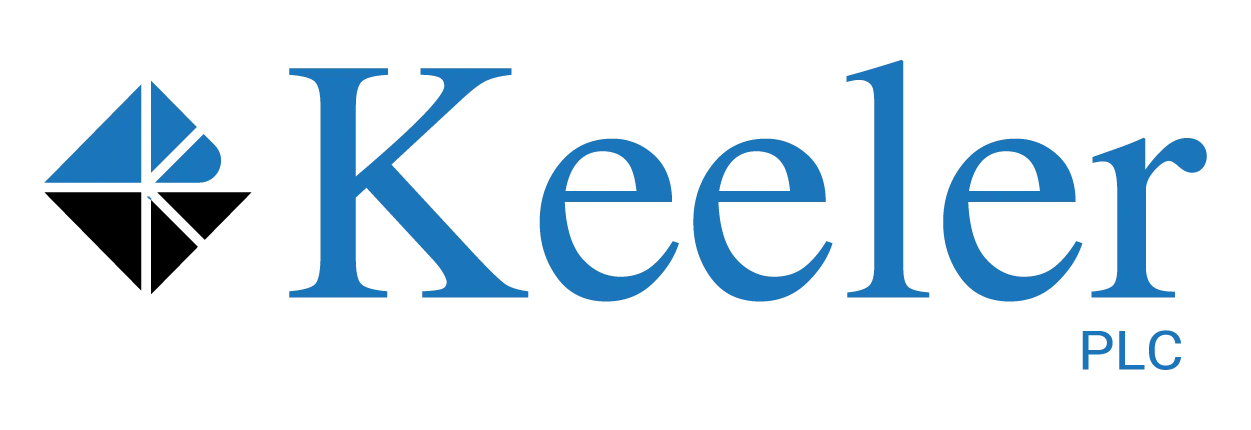
By Steven Keeler
M&A Purchase Agreements: What Should Matter to Sellers
Private company sellers get a lot of advice from their attorneys, investment bankers and accountants regarding the terms of a company sale. Ultimately, a lot of the “devil is in the (legal) details” of the merger or purchase agreement (the “PA”). Many of the terms of these lengthy agreements are boilerplate and should be expected as “market” or fair.
Following is our list of some of the terms that can really matter (even if they seem like “legal ease”), as they can affect the actual proceeds received from the sale or result in post-closing buyer claims against the sellers or purchase price adjustments or “haircuts”. These are, of course, important because they are all about money.
Purchase Price Adjustments
Most PAs provide for a post-closing review and adjustment to the purchase price to account for any difference between the estimated working capital of the business as of the closing and the amount of working capital the parties agreed should be left for the buyer as part of the deal. It is important that the PA accurately define working capital and the methodology that will be used to recheck the closing working capital following the closing, because any excess of estimated working capital over actual working capital will have to be repaid to the buyer by the sellers.
Working capital is usually defined as the excess of current assets over current liabilities (determined in accordance with GAAP or the company’s financial statements), but it can be subject to standard adjustments. Because most deals value a business on a “cash-free/debt-free” basis, working capital should exclude these as well as transaction expenses and other extraordinary or non-recurring items.
Earnouts
We discussed earnouts in a prior recent article. They are, of course, more risky to the sellers than closing cash, and therefore need to be carefully considered and drafted in the PA. We mention them hear only to say that, if an earnout cannot be avoided, it needs to be clearly drafted.
Lawyer Talk: “Material Adverse Effects”
This is the legal jargon for events that adversely affect a business. The definition of an “MAE” in the PA is important both in terms of the buyer’s obligation to close the deal and the sellers’ exposure to post-closing buyer claims for breaches of representations and warranties in the PA. From the sellers’ perspective, it is good to avoid any reference to events that “could reasonably be expected to have” a material adverse effect on the business.
In addition, an “MAE” should be restricted to impacts on the business, it’s financial condition or operations, and the sellers’ ability to close the deal, and not include the future ”prospects” of the business. The MAE definition should also carve out impacts caused by events beyond the company’s control, such as changes in markets or the economy, laws or accounting rules, global conflicts and the announcement or closing of the deal.
More Lawyer Talk: Seller “Knowledge”
Many of the sellers’ representations and warranties in the PA should be limited to what the sellers’ “know” or should have “known.” The knowledge definition should be limited to actual knowledge or what certain identified management personnel should reasonably have known in light of their specific company duties.
Still More Lawyer Talk: Seller Representations and Warranties
The representations and warranties (“R&Ws”) made by sellers in a PA usually take up most of the pages of the PA and should be reviewed by the sellers and negotiated by sellers’ legal counsel. R&Ws usually relate to the company’s ownership, financial statements, the absence of undisclosed liabilities, assets, employees, intellectual property, data security, employees and legal compliance. Sellers should attempt to restrict financial statement and “no liabilities” R&Ws to the company’s historical accounting methods (and not GAAP) and those liabilities that would be required to be accrued in the financial statements, although buyers often push back on these attempts.
Today, many PAs include R&Ws related to COVID-19 and the Paycheck Protection Program, sexual harassment and cybersecurity. Sellers are often surprised and frustrated that, after providing a buyer with substantial amounts of information and documents, they are required to complete disclosure schedules to the PA listing many items and including any exceptions to the R&Ws. Sellers should understand that the work and time required to prepare these schedules is well worth the benefit of limiting their risk of post-closing buyer claims. Sellers should rely on their legal counsel to negotiate fair R&Ws.
Closing Conditions and Risk
Many PAs are signed on the closing date. This can save time and shorten the PA because closing conditions and PA termination rights are not necessary. If the PA is signed prior to closing, sellers should carefully negotiate the conditions to closing and avoid conditions like the buyer’s obtaining financing or being able to walk from the deal due to immaterial changes or even MAEs which do not result from any seller breach of R&Ws. Deals that don’t get done quickly run the risk of not getting done, so sellers should be mindful of the buyer’s obligation and ability to close in a reasonable period of time. Like R&Ws, sellers should work with their legal counsel to ensure that all closing conditions are reasonable and that the risk of a “busted deal” is minimal.
“Sandbagging” and Non-Reliance Provisions
Sellers’ legal counsel should ensure that the PA does not include language stating that the buyer can make claims against the sellers regardless of the buyer’s due diligence or knowledge. In addition, the PA should make it clear that the buyer is only relying on the R&Ws in the PA and not on any statements made or information provided by the sellers, and that the sellers are not making any R&Ws other than those set forth in the PA.
Post-Closing Risk: Seller Indemnification
The PA will usually obligate the sellers to “indemnify” or repay the buyer for any damages related to any breach of the R&Ws. Sellers’ legal counsel should negotiate for a reasonable time limitation on the sellers’ indemnification obligation (e.g., 12 or 18 months after the closing), at least with respect to seller breaches of “non-fundamental” representations. The PA should also exclude certain types of subjective or uncertain damages (i.e., other than “direct” or actual “out-of-pocket” buyer damages) from the indemnification obligations. The PA should also include both an aggregate “basket” and an individual claim exclusion to avoid indemnification until a certain amount of damages are incurred by the buyer, and there should be a “cap” on the total and individual indemnification obligations of the sellers.
Most important, the sellers’ indemnification obligations in the PA should be the exclusive legal remedy of the buyer for breaches of R&Ws (to avoid “back-door” buyer claims that are not subject to the carefully negotiated PA terms). Sellers should also seek to limit the amount of any “holdback” or escrow of a portion of the purchase price (or offsets against earnouts or buyer notes) to fund indemnification claims, and seriously consider requiring the buyer to purchase R&Ws insurance to cover claims.
Take Aways
PAs are lengthy and complex legal documents. Sellers should seek the advice of experienced legal counsel regarding what terms really matter and what terms should not be negotiated too heavily. The focus should be on the “market” for fair terms that are common in most PAs, certainty around the sellers’ receiving the full purchase price they agreed to take for the deal, and minimization of the sellers’ liability for post-closing indemnification claims by the buyer. The sellers and their legal counsel should look for closing certainty and seek to avoid “an ambush at the finish line”. That said, as with every business transaction, sellers should be willing to assume some risk (by making and standing behind their company R&Ws) that is reasonable when compared to the purchase price and deal terms they negotiate.

© Copyright 2021 by Keeler PLC
All rights reserved.
Terms of Use & Privacy Policy
Design by NexFirm